15 Travel Items You Think You Need-But Don’t
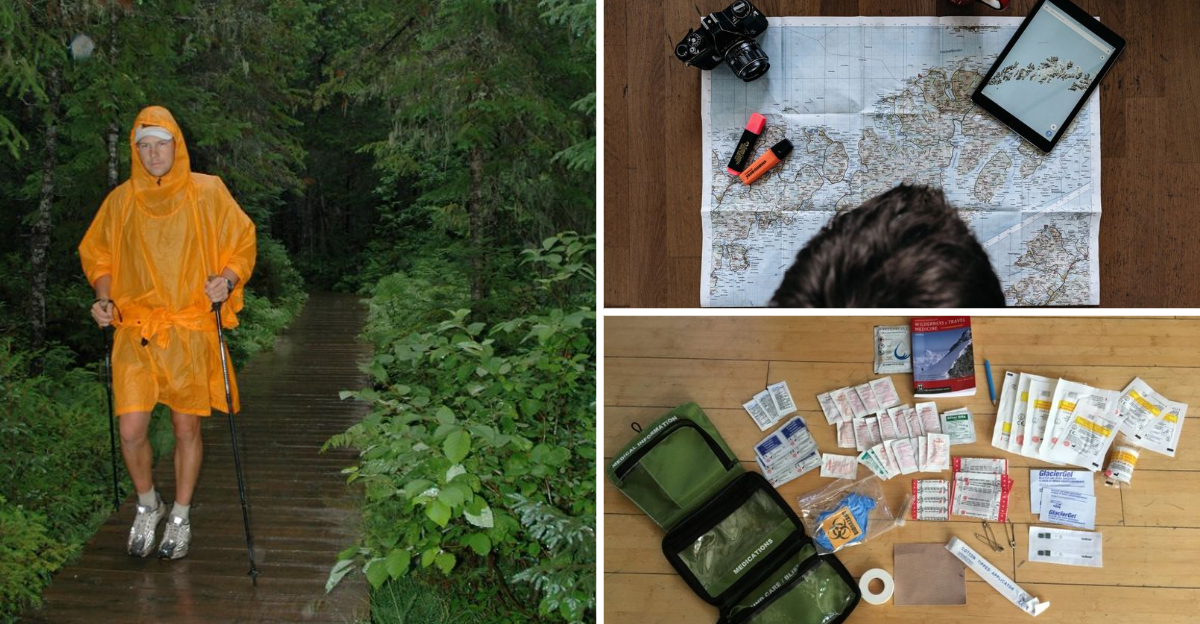
Over the years, I’ve lost count of how many times I packed gear I thought I’d need, only to lug it around unused. Sound familiar? Whether it’s that neck pillow that never leaves your bag or the fifth pair of shoes you “might need,” it all adds up—literally.
Here’s the truth: most travel gadgets are more about clever marketing than real utility. Do you really need a portable espresso machine for a weekend getaway? Or a money belt that screams tourist? Probably not. Instead,
I’ve learned to focus on a few versatile items I truly rely on—things that save space, serve multiple purposes, and actually get used. Curious what’s worth packing and what should stay home? Let’s break down the overhyped gear you can skip and the few smart essentials that do make travel better. Trust me—your back (and your sanity) will thank you.
1. Money Belt
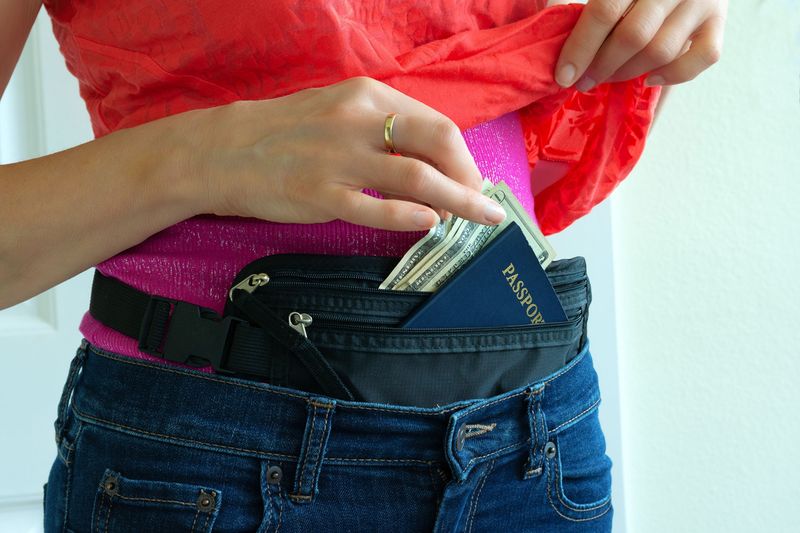
Remember those awkward waist pouches that make you look like you’re hiding treasure? Money belts were once travel gospel but are now mostly uncomfortable reminders of tourist paranoia.
Most modern clothing has secure pockets, and thieves actually target these obvious security devices. I found keeping cash divided between secure spots works better than lumping it all in one obvious location.
Instead, use a regular wallet but be strategic – keep small amounts accessible and backup funds locked in your accommodation safe. Your comfort and confidence will improve dramatically without that sweaty pouch strapped to your waist.
2. Travel-size Laundry Detergent
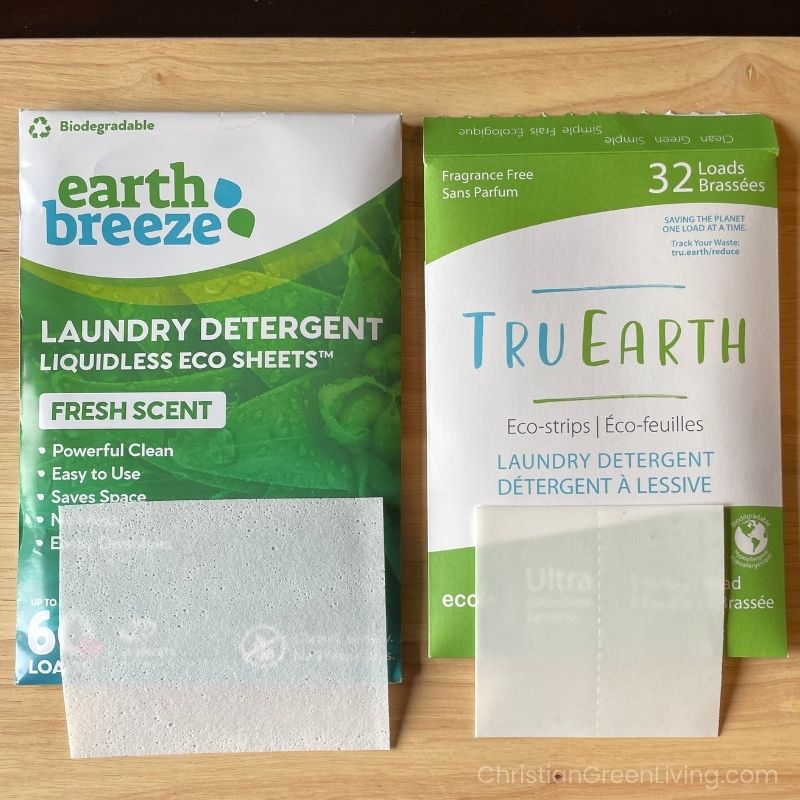
Those tiny bottles of specialized travel detergent might seem smart until you realize most destinations have laundry solutions. Regular soap or shampoo works perfectly for quick sink washes in a pinch.
During my Southeast Asia trip, I carried special laundry sheets that took up precious space, only to discover $2 laundry service on every street corner. Hotels often provide laundry service, and hostels typically have washing machines.
If traveling for more than a week, planning one laundry day saves you from packing a complete outfit for each day. This approach creates more space for souvenirs or simply lightens your load.
3. Neck Wallet
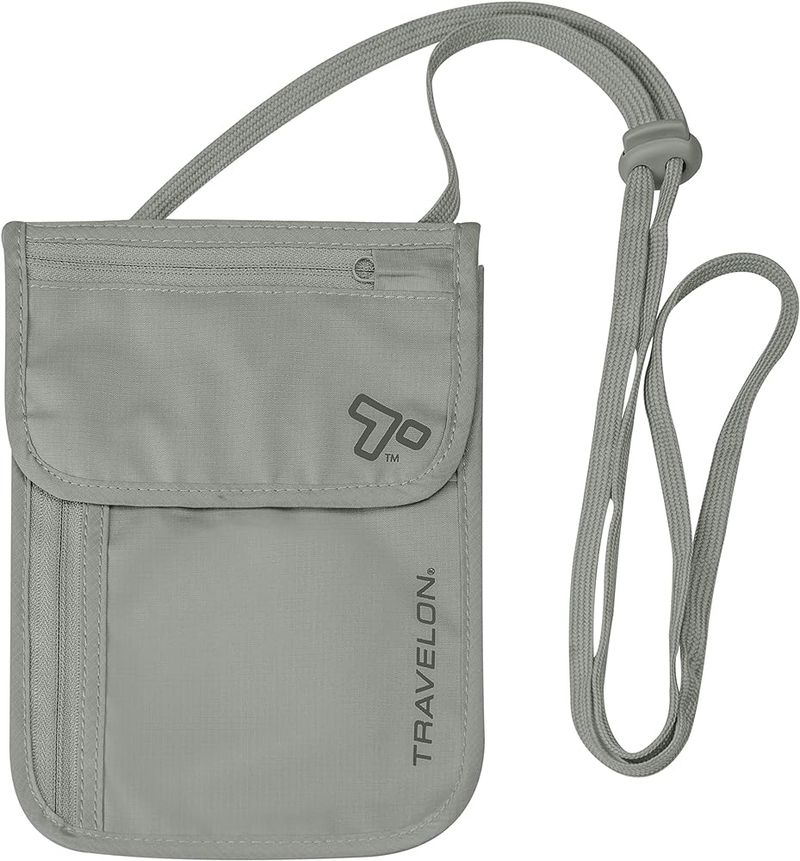
Hanging your valuables around your neck broadcasts to everyone that you’re carrying something worth stealing. These uncomfortable pouches make you look unmistakably like a tourist while providing minimal actual security.
I’ve watched travelers awkwardly fumbling with these contraptions at checkout counters, essentially creating a public spectacle of their money and passports. The constant need to reach inside your shirt in public places is both uncomfortable and draws unwanted attention.
A better strategy involves using inside pockets, hidden compartments in regular clothing, or simply maintaining awareness of your surroundings. Blending in provides better security than obvious security devices.
4. Extra Pairs of Shoes
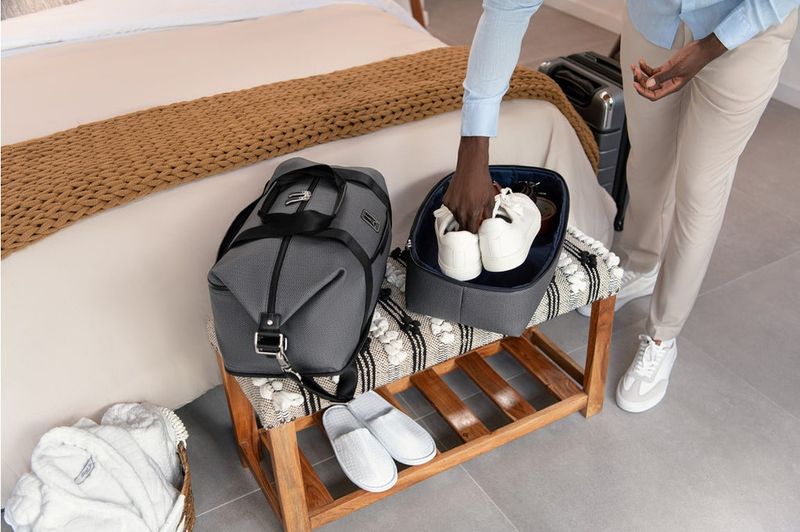
Shoes devour precious suitcase space and add significant weight. For years, I packed multiple pairs – dressy shoes, walking shoes, sandals, and water shoes – using up half my luggage allowance.
One comfortable, versatile pair can handle most situations. My waterproof walking shoes have trekked through rainy European cities, moderate hiking trails, and casual restaurants without missing a beat. If absolutely necessary, flat-packing sandals make a practical second option.
When planning your trip, consider your actual activities rather than hypothetical scenarios. Most travelers need far fewer shoe options than they initially pack, and your shoulders will thank you when carrying your bags.
5. Full-size Toiletries
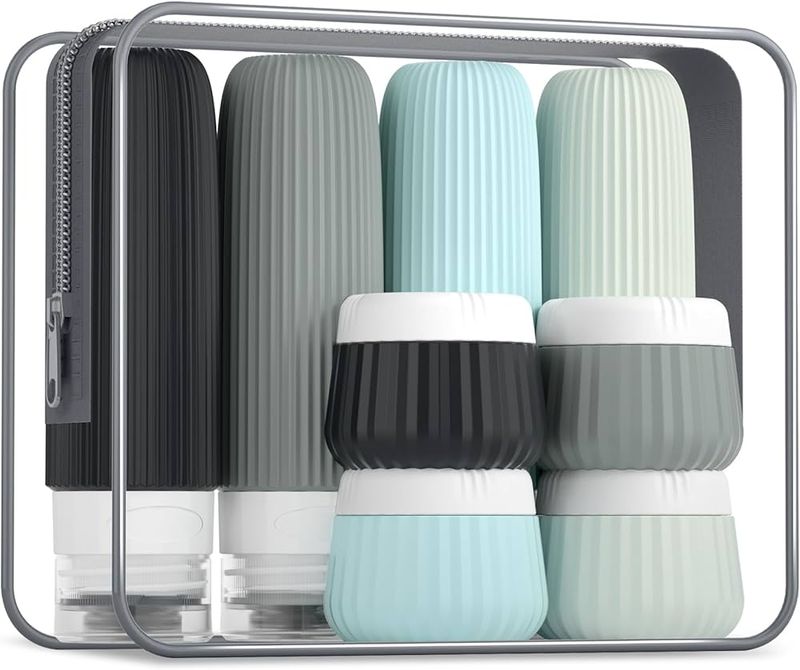
Lugging full-size shampoo bottles across continents makes little sense, yet I still see travelers doing it. These heavy containers take up substantial space and often leak mid-flight, creating messy disasters.
Nearly every destination worldwide sells basic toiletries, often in brands you recognize. For shorter trips, travel-size containers work perfectly, while longer journeys justify buying locally upon arrival.
If you’re loyal to specific products, transfer small amounts into lightweight containers. This approach saved me nearly two pounds on my last trip – weight better used for souvenirs or simply left behind for easier mobility when navigating crowded train stations and airports.
6. Heavy DSLR Camera
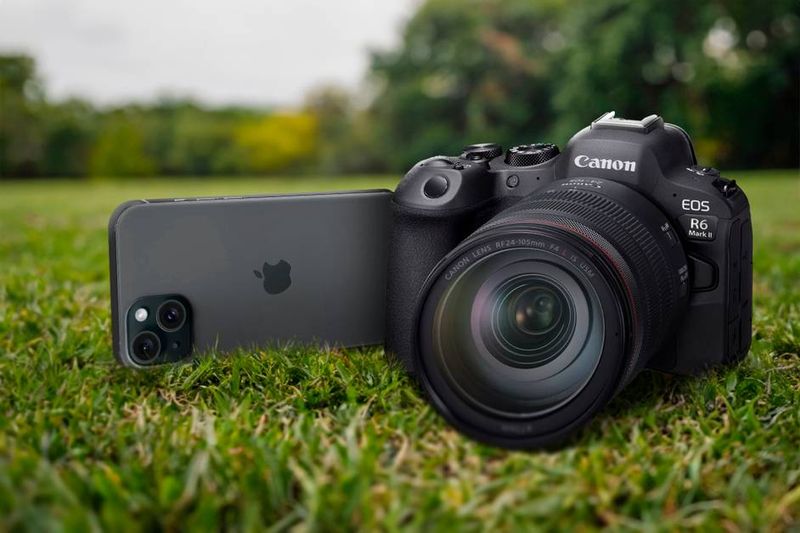
Professional photographers aside, most travelers don’t need bulky camera equipment. Modern smartphones capture stunning photos without the neck strain and constant worry about expensive gear.
My DSLR collected dust in my hotel room during my last vacation while my phone captured every memorable moment. The best camera is the one you’ll actually use, and phones offer immediate sharing capabilities and take up minimal space.
If you truly want better-than-phone photos, consider a high-quality point-and-shoot that balances image quality with portability. Your neck, back, and travel companions will appreciate not waiting while you change lenses during spectacular moments that require immediate capture.
7. Guidebooks
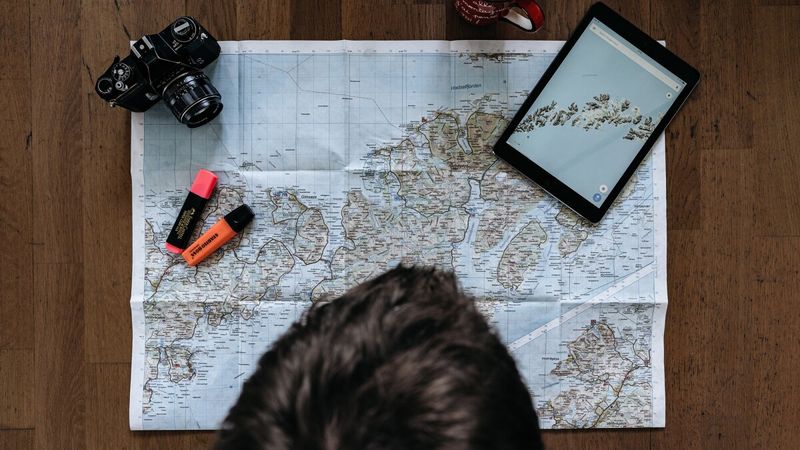
Those thick paper guidebooks add pounds to your luggage while containing information that’s often outdated before publication. Digital alternatives provide real-time updates, current prices, and recent reviews without the bulk.
During my trip to Portugal, my friend’s guidebook recommended restaurants that had closed months earlier, while my app showed current options with recent reviews. Maps apps eliminate the need to unfold cumbersome paper maps that immediately identify you as a tourist.
If you prefer physical references, consider printing only relevant sections or downloading offline guides to your device. This approach provides necessary information without carrying the equivalent weight of a small library on your adventures.
8. Jewelry and Valuables
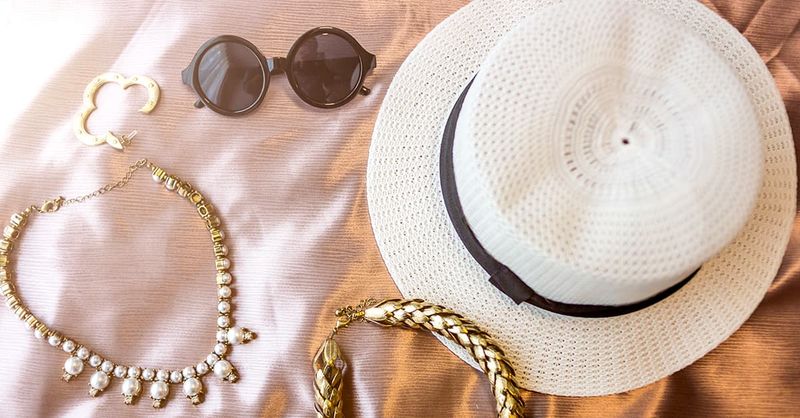
Fancy watches and sparkly jewelry rarely enhance travel experiences but certainly increase stress levels. These items make you a target for theft and create constant worry about safekeeping.
My friend spent her Thailand beach vacation fretting over her diamond wedding ring rather than enjoying paradise. Valuable accessories often clash with casual travel attire anyway, making them impractical as well as risky.
Consider wearing simple, inexpensive accessories that won’t attract unwanted attention or cause heartbreak if lost. Travel should free you from worries, not create new ones – leaving valuables in a home safe accomplishes this better than any travel security gadget.
9. Travel Pillow (Bulky Version)
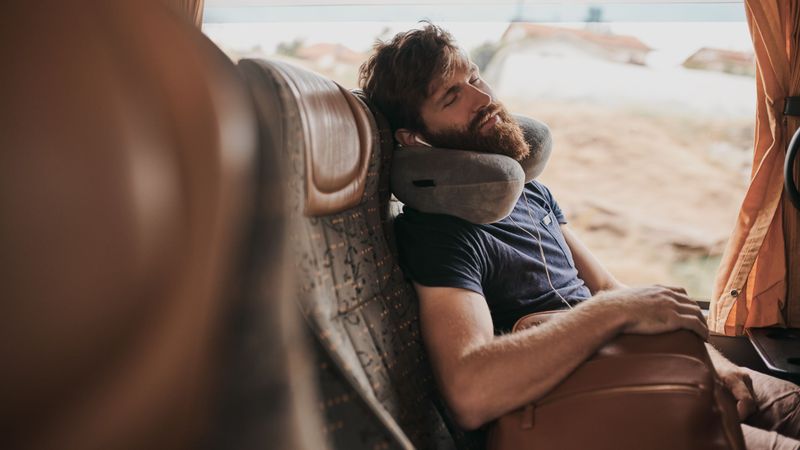
Those U-shaped neck pillows dangling from backpacks have become a travel cliché. They consume significant space while providing minimal comfort improvement for most travelers.
After years of struggling with these bulky accessories, I discovered inflatable versions that pack tiny yet provide similar support. Many travelers find that rolling up a jacket or scarf works just as effectively without dedicating permanent luggage space.
For longer flights, consider downloading a meditation app instead – mental relaxation often proves more effective than physical props. If you truly need sleep support, modern inflatable designs offer the same benefits while packing down to the size of a smartphone when not in use.
10. Multiple Books
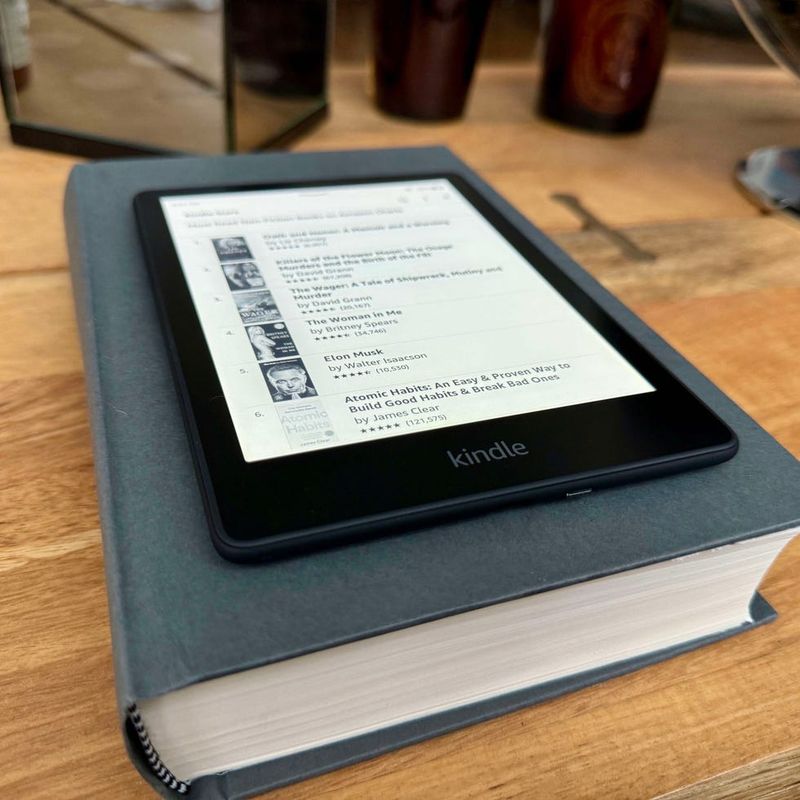
Physical books add significant weight and bulk to luggage. I once packed three paperbacks for a week-long trip, using valuable space and adding nearly two pounds to my carry-on.
E-readers and tablets store thousands of books while weighing less than a single paperback. They also provide their own lighting for reading in dim environments and allow you to acquire new books instantly anywhere with Wi-Fi.
If you prefer physical books, consider bringing just one and participating in the traveler’s book exchange found in many hostels and hotels. This approach lightens your load while potentially introducing you to unexpected literary discoveries and fellow book-loving travelers.
11. International SIM Cards (in eSIM Era)

Physical SIM cards are rapidly becoming obsolete with the rise of eSIM technology. Many newer phones support digital SIMs that can be activated instantly without swapping tiny pieces of plastic.
During recent travels, I wasted time hunting for a physical SIM card shop when I could have activated service instantly on my phone. Major carriers now offer temporary international plans that activate with a few taps, while apps like WhatsApp work perfectly over WiFi.
Before your trip, check if your phone supports eSIM technology and research digital options for your destination. This approach saves time upon arrival and eliminates the stress of handling tiny SIM cards with those impossibly small tools.
12. Travel Steamer
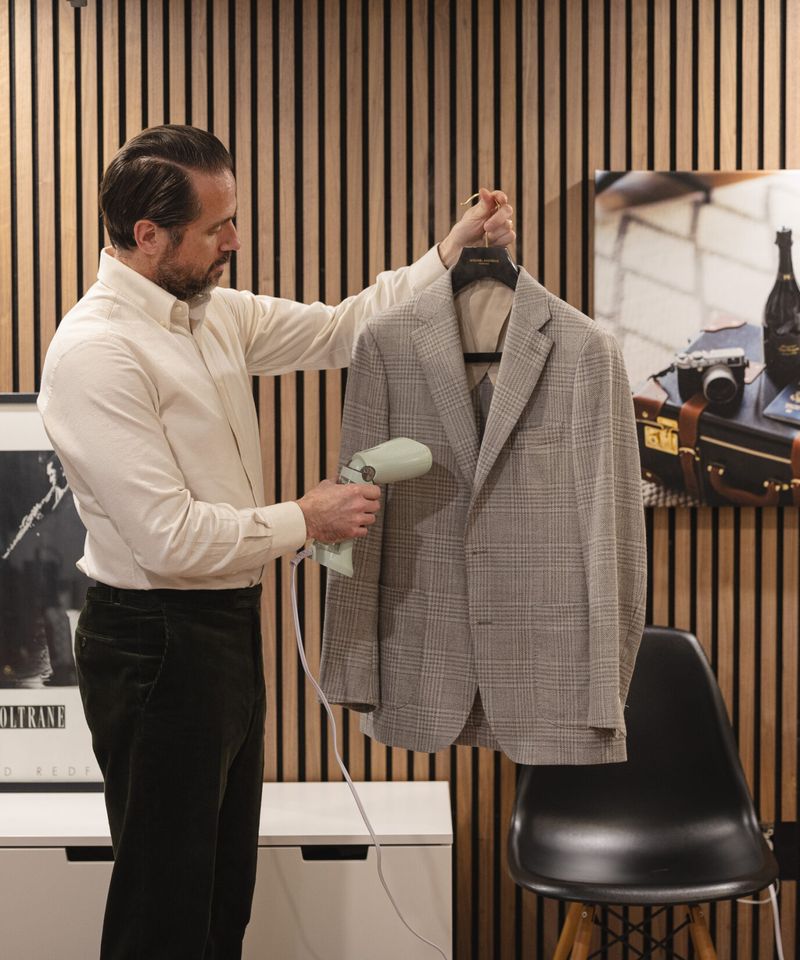
Portable steamers seem practical until you realize they consume valuable luggage space while rarely getting used. Most hotel rooms provide irons, and many fabrics naturally release wrinkles when hung in a steamy bathroom.
Packing wrinkle-resistant fabrics eliminates the problem entirely. Materials like merino wool, polyester blends, and modern performance fabrics look presentable even after being compressed in luggage for hours.
If appearance concerns you, rolling clothes rather than folding them significantly reduces wrinkles without requiring additional devices. This technique, combined with strategic fabric choices, keeps you looking presentable without lugging yet another rarely-used gadget through airport security.
13. Overly Organized Packing Cubes
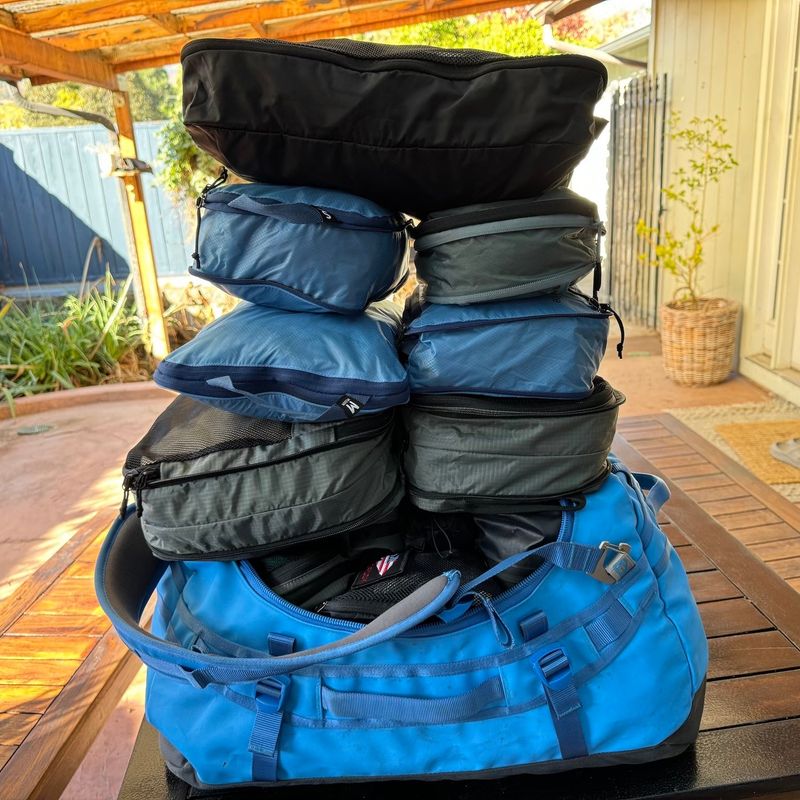
The online travel community often portrays elaborate systems of color-coded packing cubes as essential. While basic organization helps, excessive compartmentalization creates its own problems and adds unnecessary weight.
Too many cubes actually waste space with multiple layers of fabric and zippers. I’ve found that 2-3 simple pouches provide sufficient organization without the complexity of maintaining a mobile filing system.
Consider whether your organizational system serves you or if you’re serving it. Simplifying your approach with fewer, more versatile containers often proves more practical than segregating every clothing category into its own dedicated cube. The goal should be efficiency, not Instagram-worthy luggage aesthetics.
14. Rain Poncho (for Dry Seasons)

Weather-specific gear should match your destination’s actual conditions. Packing for theoretical weather wastes space and creates unnecessary bulk.
Before my Thailand trip, I packed a heavy raincoat despite traveling during the dry season with a near-zero chance of precipitation. That valuable space could have been better used for practical items or left empty for souvenirs.
Research typical weather patterns for your specific travel dates rather than packing for all possible scenarios. A lightweight, packable rain jacket makes sense for potentially wet destinations, but skip weather-specific gear for destinations where that weather is highly unlikely during your visit.
15. First-aid Kit (Oversized Version)
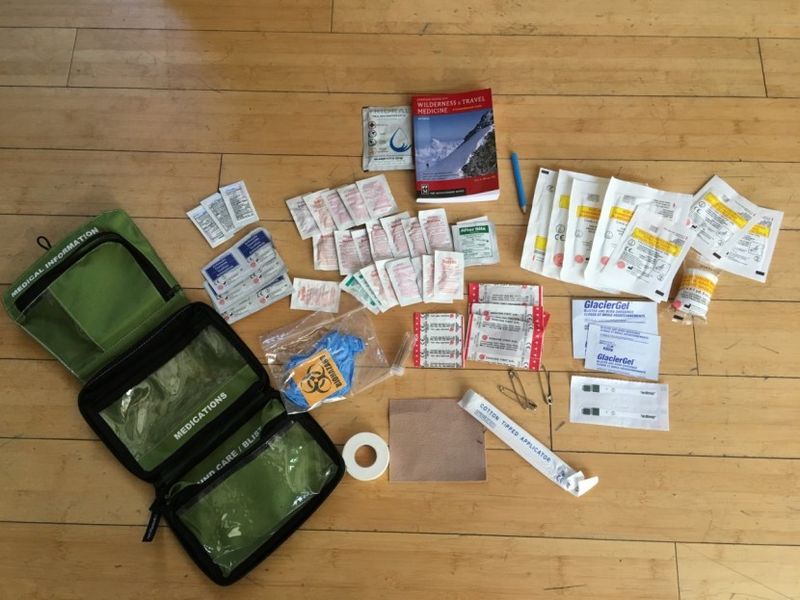
Medical emergencies concern many travelers, but most destinations have pharmacies selling basic remedies. Those comprehensive first-aid kits take up significant space while containing items you’ll likely never use.
A minimalist approach works better – pack just pain relievers, bandages, anti-diarrheal medication, and any personal prescriptions. This covers 90% of common travel ailments without carrying surgical supplies you’re not qualified to use anyway.
Most travel medical situations require either simple remedies available worldwide or professional medical attention beyond what any portable kit provides. Your smartphone’s ability to locate nearby medical facilities often proves more valuable than carrying an extensive pharmacy in your luggage.
16. Travel Iron
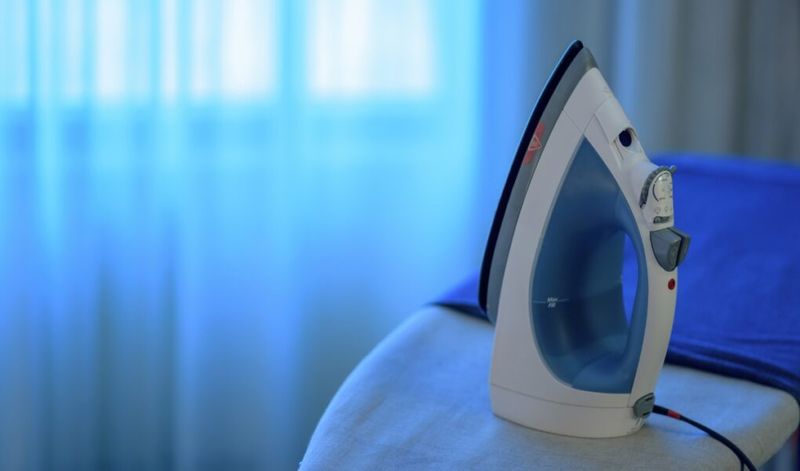
Portable travel irons rank among the least necessary items to pack. They’re heavy, take up valuable space, and most hotels provide irons upon request if appearance truly matters.
Smart fabric choices eliminate most wrinkle concerns. Modern synthetic blends, wool, and specially designed travel clothing resist wrinkles naturally, making ironing unnecessary even after being packed for hours.
If you absolutely must have pressed clothes, hanging items in the bathroom during a hot shower releases most wrinkles without additional equipment. This steam method works surprisingly well and doesn’t require you to carry yet another electrical device that needs adapter plugs in different countries.
